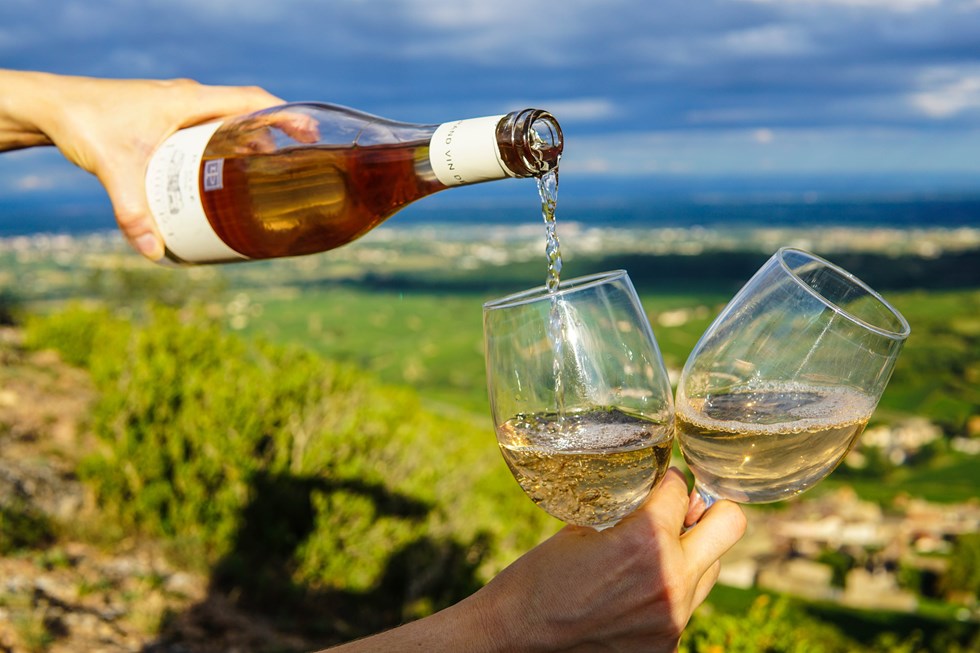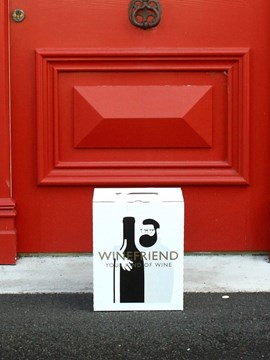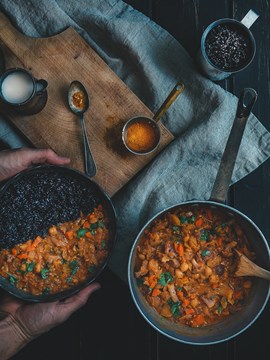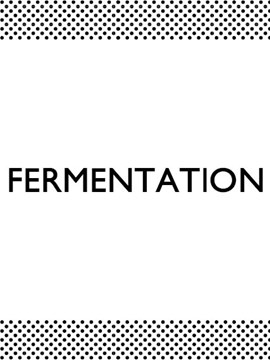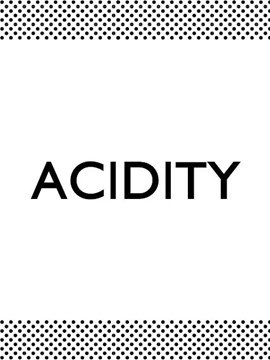In the wide and wonderful world of wine, nothing spells ‘tragedy’ more than a half-drunk bottle of the good stuff going bad. But never fear: WineFriend to the rescue! In this post, we’ll give you a few tips you can use to ensure you and that precious nectar spend as much time as possible together. Let’s dive in!
Why does wine go bad?
Public enemy no. 1 when it comes to wine going down the gurgler is oxygen. Which is, of course, all around us. Bummer, right?
When wine comes into contact with O2, it begins to oxidise. The longer the liquid makes contact with the air, the faster this oxidation process moves — and eventually, it turns your wine to vinegar.
So to extend your open bottle’s shelf-life, minimise the time the wine is exposed to oxygen.
Tips for preserving your open bottles
Your wine will taste its gold-medal best the day you open it, so your best bet is to finish the bottle. But if that’s not on the cards or you’re just enjoying a solo glass or two, then:
Tightly re-cork or re-cap the bottle immediately after pouring. Unless you know for a fact that you’ll be finishing the bottle (or you have a particularly good reason for leaving it unsealed and allowing it to ‘open up’), pouring a glass and then restoppering the bottle immediately is a good habit to get into.
Set the bottle on its side, or angle it down so the remaining liquid floods the neck. This’ll create a temporary barrier against the oxygen that’s been allowed into the bottle. Just make sure you’ve tightly re-sealed it!
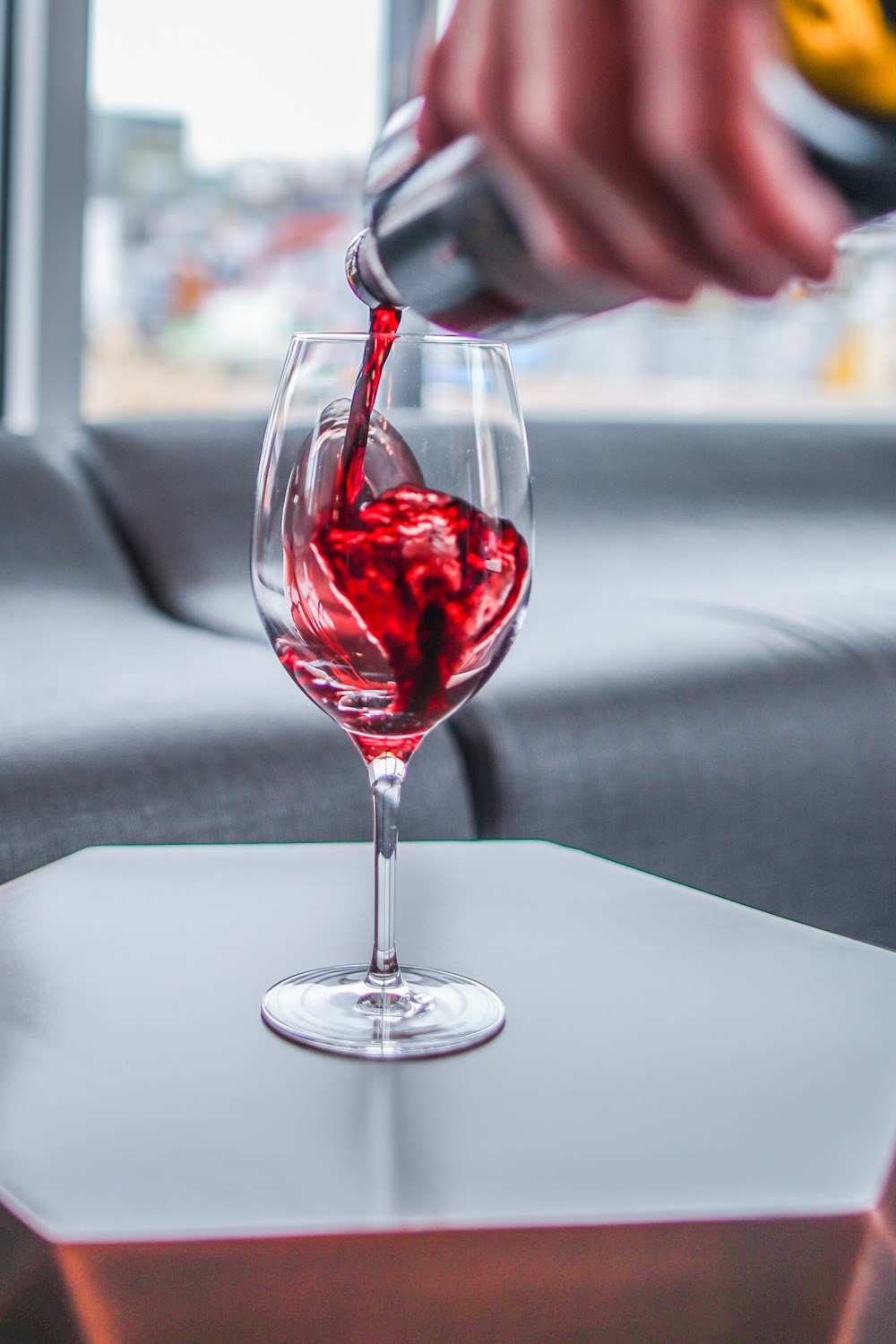
Photo by Zachariah Hagy on Unsplash
Chill it. Storing an open bottle in the fridge will always buy your wine a bit more time. This goes for everything: red, white, rosé, bubbly, etc. If you’ve popped a red in the fridge, just take it out and let it warm up a tad once you’re ready to tuck into whatever’s left.
How long will an open bottle last?
If you do the three things we just outlined, you can bank on these timelines:
- White wine and rosé: 2 to 3 days
- Red wine: 3 to 5 days
- Champagne and sparkling wines: 1 to 3 days (if you use a proper Champagne stopper!)
And if you want to get even more intense about preserving your open bottles...
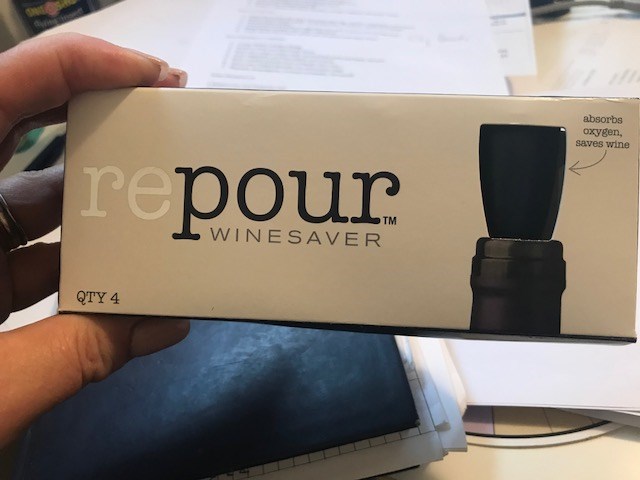
The down-low on wine preservation tools
Wine-preservation tools range in method, as well as in price and efficacy. Here are the different categories:
Oxygen absorption: Oxygen absorption tools such as vacuum sealers remove oxygen from an open bottle of wine, forming a new seal around the remaining liquid to protect it from further oxidation. Of these, Vacu Vin’s Wine Saver is a good and affordable option, but the Repour Wine Saver’s oxygen-absorbing technology likely takes the cake. It promises to preserve an open bottle of wine for a whopping nine months after opening — and at around $30 for 10 stoppers, it’s pretty unbeatable.
Gas filling: Products like PrivatePreserve fill an open bottle with non-toxic, inert gases (such as argon) that are denser than oxygen. By spraying the gas into the bottle, you force the oxygen out and create a barrier between the remaining wine and the air threatening to ruin it. Gas preservation methods are generally affordable (we’re talking $10 to $20), and the bottles tend to last for far longer than you’d think.
Impressive, high-end gadgets: Technologically advanced products like the Coravin have revolutionised the way we cellar wines. The Coravin in particular uses a tiny needle to pierce a microscopic tunnel through a wine cork, and once you’ve poured your glass(es), the cork naturally reseals to preserve your wine for years at a time — far longer than any other method out there. These gadgets are light-years ahead of any other tool, and they come with a corresponding price-tag (a Coravin will run you $600). But for the serious wine drinker? It’s worth it.
So what do you think? Will you buy any of these tools for yourself or give our tips a go? Let us know on social! And if you’re not a WineFriend member yet, join today.
